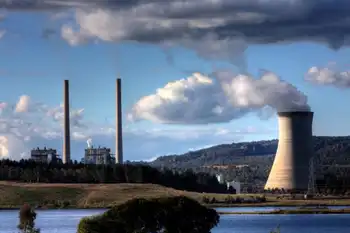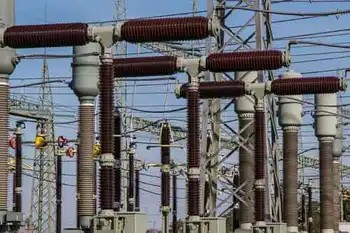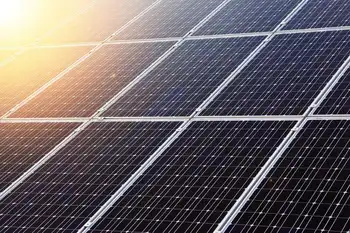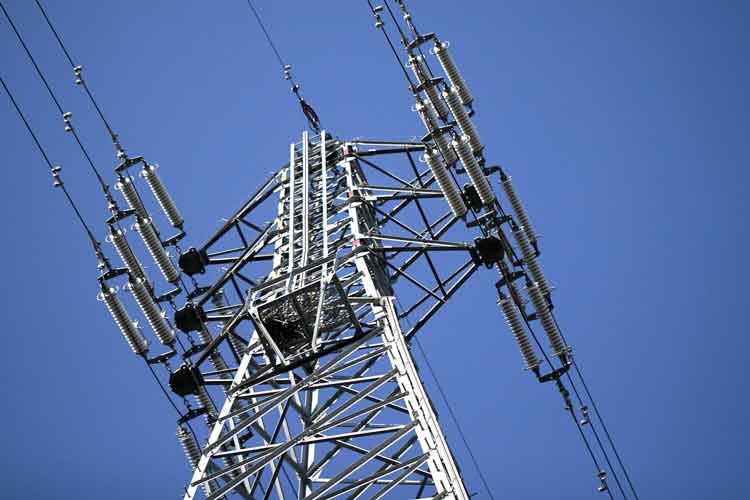Toronto approves green fleet, green power
Over four years, Toronto hopes to cut carbon-dioxide emissions by 15,000 tonnes and save $2 million through the second phase of its Green Fleet plan, which will boost the number of fuel-efficient city vehicles, reduce their average size, and explore innovative technology.
Plan objectives include improving driving practices of city employees, such as discouraging excessive idling, and helping agencies such as the TTC, police and ambulance prepare their own green fleet plans.
"This will allow us to remain among the cities leading the world on greening (its) fleet," Mayor David Miller said yesterday during a three-hour council discussion on green issues.
In the city's 4,700-vehicle fleet, 283 vehicles are now low-emission – including 24 hybrids and 141 that run on natural gas. Some 80 vehicles are to be replaced by "green" models this year, 100 next year, 140 in 2010, and 200 in 2011.
One measure calls for pilot-testing lower-emission trucks and targeting those that idle excessively, such as delivery and garbage trucks.
Also, a new bylaw passed yesterday will make it easier for homeowners and businesses to install devices on their properties, such as solar panels and wind turbines. They won't need permission but must follow building-code rules. While some councillors expressed concern about wind turbines springing up all over neighbourhoods, staff assured them that few residential locations get enough wind to make a turbine effective.
"We don't see a lot of unanimous votes at council. That's three in a row for green initiatives," said Councillor Gord Perks, noting the mayor's climate change plan also passed unanimously last year.
"It's very encouraging. It reflects Torontonians from all walks of life want to do their part."
Related News
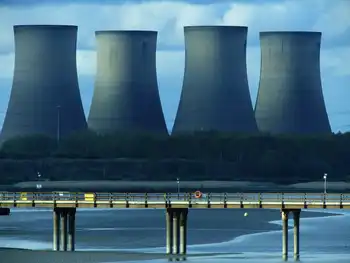
The nuclear power dispute driving a wedge between France and Germany
BERLIN - Near the French village of Fessenheim, facing Germany across the Rhine, a nuclear power station stands dormant. The German protesters that once demanded the site’s closure have decamped, and the last watts were produced three years ago.
But disagreements over how the plant from 1977 should be repurposed persist, speaking to a much deeper divide over nuclear power between the two countries on either side of the river’s banks.
German officials have disputed a proposal to turn it into a centre to treat metals exposed to low levels of radioactivity, Fessenheim’s mayor Claude Brender says. “They are not on board…

